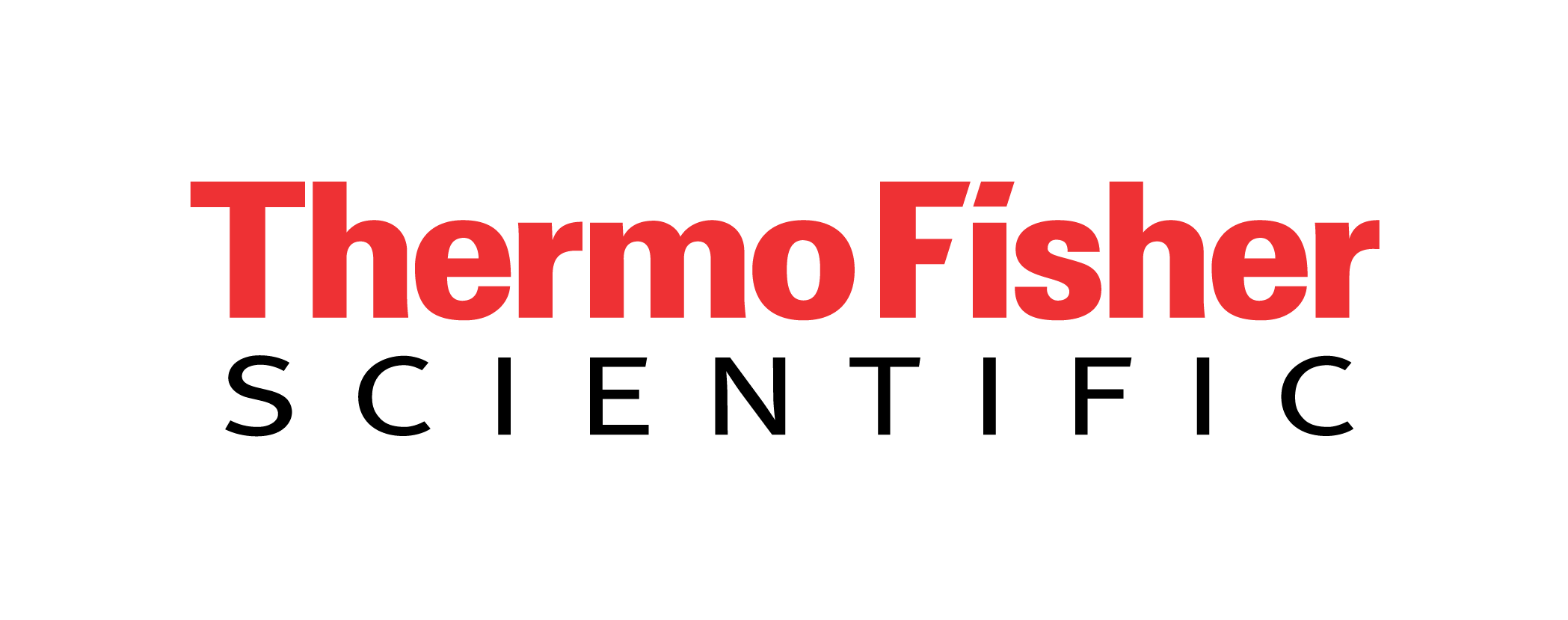Research Updates from the Australian Centre for Research on Separation Science
with Paul Haddad, Brett Paull, and Michael Breadmore
About This Meeting
Speaker 1: Prof. Michael Breadmore
In-Syringe Electrokinetic Sample Preparation
The analysis of target analytes within a complex matrix is a challenge for most analytical workflows, making sample preparation an important step to isolate target analytes from matrix components before analysis. According to Transparency Market Research (TMR - TMRGL3855 Published: Jul 2016), sample preparation consumes over 70% of the analyst’s time and accounts for over 16% of the error. The efficiency of the overall analytical process is limited by the inability to fully automate the analytical workflow, owing to the manual handling in sample preparation. Almost all existing sample preparation approaches rely on the use of organic solvents and the insolubility of the matrix compounds (protein precipitation) or extraction into (LLE) or onto (SPE) a separate phase. While these can be automated, there are questions of repeatability, contamination, and complexity, thus there are few products commercially available to meet the needs of high throughput laboratories. To address these limitations, we have developed an electrokinetic approach to sample preparation that can be performed inside a syringe prior to analysis.
Speaker 2: Prof. Brett Paull
Fibre-Based Electrofluidics
The presentation will cover some of our latest research on the use of native and modified fibres and threads as substrates for various electrophoretic techniques for sample handling, solute isolation and concentration. The presentation will include discussion and presentation of some simple early 3D printed platforms for exploring on- fibre separations, to more advanced systems designed for sample handling and extraction. On-fibre detection options will be discussed including some latest results coupling on-fibre concentration with on-fibre ambient mass spectrometry.
Speaker 3: Prof. Paul Haddad
Prediction Of Chromatographic Retention Time Based Only On The Chemical Structure Of The Analyte
The ability to predict chromatographic retention behaviour by considering only the chemical structure of an analyte is a highly attractive goal. In this presentation a study on the use of analyte chemical structures to permit prediction of retention times (and thereby to select optimal chromatographic conditions) is reported. A Quantitative Structure-Retention Relationships (QSRR) approach is applied whereby molecular modelling is utilised to generate molecular descriptors of analytes based on their chemical structures. In this talk, a number of key features and questions relating to the QSRR process will be discussed, including the optimal number of descriptors required to provide reliable predictions, the size of the database needed, the range of chromatographic conditions required when measuring retention data, and the nature of the analytes used (especially their structural similarity to analytes used to develop the QSRR model). Particular emphasis will be placed on methodology for identifying the most relevant compounds in the retention database which should be used for modelling purposes, with the objective of identifying the database compounds which are most chromatographically similar to the target compound. Dual filters based on structural similarity and retention factor will be shown to give the most accurate predictions of retention time.
A Zoom Teleconference Presentation
Please Note: The CFDV continues to observe health and safety based restrictions for all members and other parties interested in the separation sciences during the COVID-19 pandemic.We are also committed to promotion and development in all aspects of separation sciences by sharing our professional experiences with the community.To fulfill both of these commitments, we will conduct this presentation by video teleconference.Our selected platform for this event will be Zoom.
When they will be Presented:
Tuesday, February 16, 2021, 7 pm ET (Wednesday, February 17, 2021, 11 am AEDT)
This meeting is expected to run approximately 1-1.5 hours.
No Cost for this presentation.
You will be able to access Zoom as an attendee for no cost to either Zoom or the CFDV.However, you must register in order to receive the Zoom meeting ID and password.
Registration
Registration will be required with some sort of contact information so registrants can be informed of the Meeting ID and Password. Registration deadline: Please register no later than 4 PM on February 12th, 2021 at http://www.cfdv.org.
Speakers
-
Pricing - Registration: Non-Student $0
- Registration: Student $0
-
Event Times - 08:00 PM Executive Committee Meeting
- 08:00 PM Social Hour
- 08:00 PM Dinner
- 07:00 PM Presentation
-
Location
